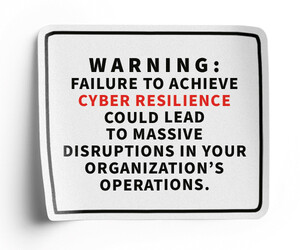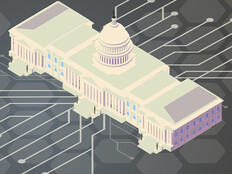Understanding the Threat AI Poses to Agency Data
Some agencies lack AI protections because they fail to understand the technology, how their employees are using it and the data it puts at risk. Industry is just as guilty of this, with workers in both sectors dumping their data into ChatGPT or one of the many other generative and augmented AI solutions available.
These are glorified data mining operations, where a model is created to assist with a task that lures people into feeding large-scale databases collecting their information. Agencies face the risk of sensitive data going public.
Controlled unclassified information (CUI) isn’t simply tied to national security but can also reveal the locations of critical assets.
Cybersecurity around AI is no different from dealing with any other threat; at-risk data touched by the technology must be protected, and some agencies are being more proactive about this than those awaiting clearer federal guidance.
DISCOVER: Artificial intelligence may augment diplomatic data security.
Properly Vetting AI Solutions
Agencies must vet the AI solutions their employees can use the same way they assess threat vectors and validate vulnerabilities: by leveraging their intelligence network.
The Department of Defense went so far as to create NIPRGPT to secure CUI while still allowing personnel to query the Non-classified Internet Protocol Router Network, or NIPRNet.
While an executive order around AI security was rumored for the fall, the election result may have changed plans, as Trump already has vowed to repeal Biden’s AI executive order.
In the interim, it’s best for agencies to watch the National Institute of Standards and Technology and the larger agencies with rapid capabilities it works with — the departments of Energy, Health and Human Services, and Homeland Security — for guidance and best practices.
While it remains to be seen what shape NIST will take in the new administration, the creation of a national AI center of excellence to push out vetted models to agencies and industry, which face the same threats, could dramatically improve collaboration around security.
UP NEXT: The USDA has big plans for artificial intelligence.
This article is part of FedTech’s CapITal blog series.












